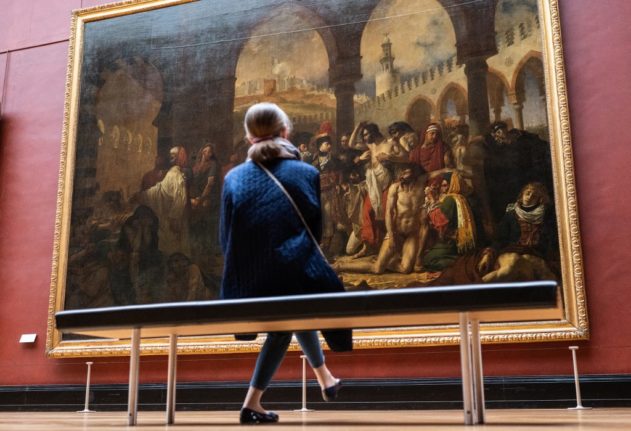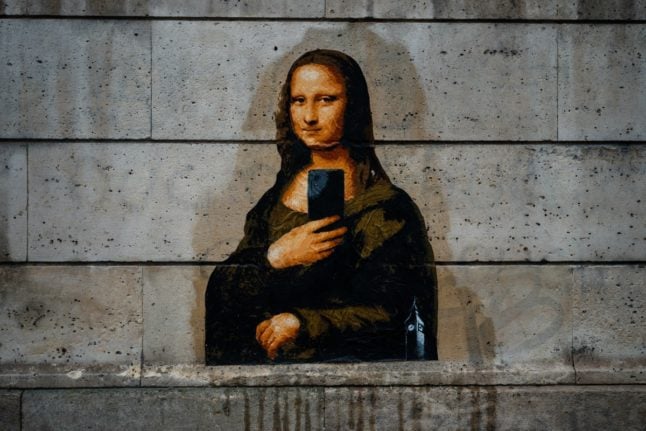The Louvre, the world’s most visited museum, welcomed 7.8 million people last year — a 170-percent increase on 2021, but still down 19 percent on 2019.
Louvre president Laurence des Cars said the numbers were “a great encouragement” — especially given that 60 percent were seeing the museum for the first time and 45 percent were below 25-years-old.
Almost a fifth came from the United States, and visitors from western Europe were also up, despite continued travel restrictions in the first part of the year.
But the continued absence of Chinese tourists (who made up eight percent of Louvre entries in 2019) was keenly felt.
The palace of Versailles, where roughly three-quarters of visitors are foreign, was down 16 percent on pre-pandemic levels.
The second half of the year saw stronger figures across the city thanks to blockbuster shows such as an Edvard Munch retrospective, which pulled in a record 600,000 people for the Orsay Museum, even if its overall numbers were down 10 percent on 2019.
Some sites, including the Mont-Saint-Michel Abbey and the Arc de Triomphe, managed to return to roughly pre-pandemic levels, according to authorities.
The Pompidou Museum of contemporary art even saw a slight increase on 2019 for its permanent collections (from 1.4 to 1.5 million), thanks largely to local art-lovers flocking back.




 Please whitelist us to continue reading.
Please whitelist us to continue reading.
Member comments